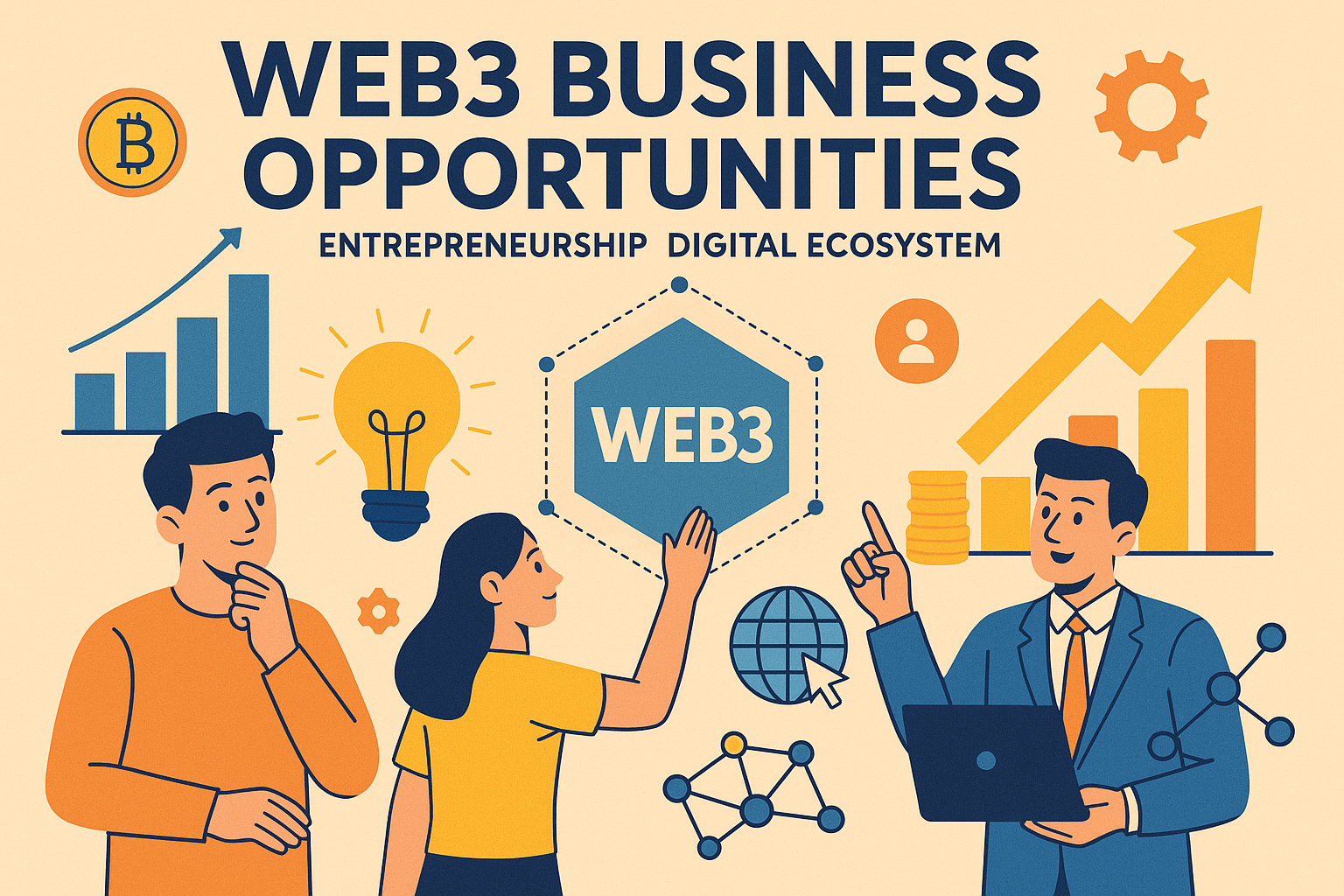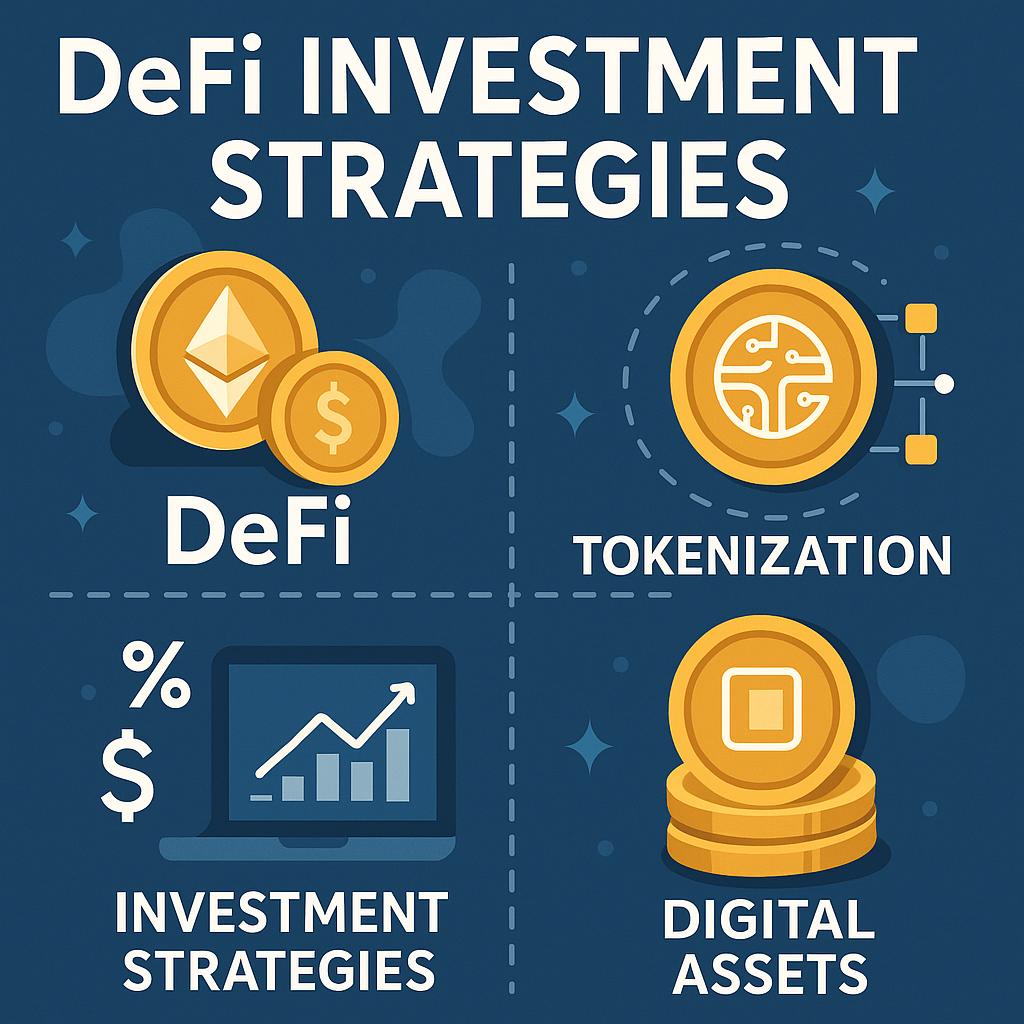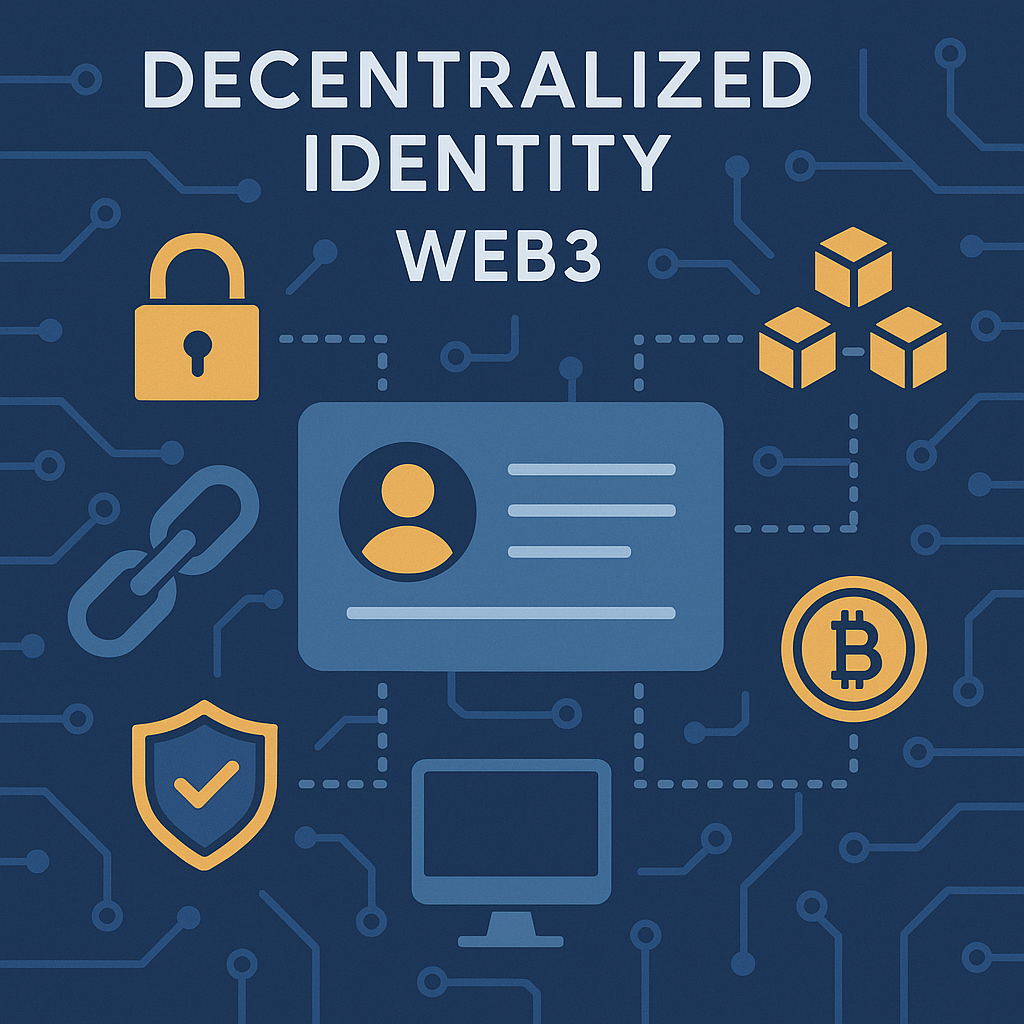Web3 represents a fundamental transformation in how we interact with the digital world, moving from a centralized model where big tech companies control user data to a decentralized ecosystem where individuals own and control their digital identities and assets. This shift is particularly evident in platforms like Coinbase’s Base App, which exemplifies how Web3 technology can create user-controlled alternatives to traditional social media platforms.
Understanding Web3 and Decentralized Identity
Web3 is based on the idea that users should have control over their data, money, and identities without relying on central gatekeepers. Unlike the current Web2 model where platforms like Facebook and Instagram control user information, Web3 enables a self-sovereign identity system where you own and control your identity data.
The Foundation of Web3 Identity
Decentralized identity in Web3 operates through several key components:
- Decentralized Identifiers (DIDs): Unique, cryptographically secure identifiers that don’t depend on centralized authorities
- Verifiable Credentials: Digital statements that can be cryptographically signed by trusted issuers
- Digital Wallets: Secure software repositories where users store and manage their credentials
- Blockchain Technology: The underlying infrastructure that ensures transparency, security, and immutability
The technology functions like a digital passport that you own. Instead of a government or company issuing it, you create it and store it securely in your digital wallet. You can then selectively share verifiable credentials linked to this passport, such as proof of age, educational qualifications, or professional certifications, without revealing other personal details.
Coinbase’s Base App: A Real-World Web3 Implementation
Coinbase’s transformation of its wallet into the Base App represents a significant milestone in Web3 adoption. The Base App aims to be a Web3-native alternative combining trading, payments, social networking, messaging, and mini apps in a decentralized environment. Built atop protocols such as Farcaster (for social) and XMTP (for chat), the app allows users to post content, chat with friends, send USDC with tap-to-pay, and earn rewards directly through their activity.
Key Features of Base’s Identity System
The Base ecosystem introduces several innovative identity management features:
- Base Account: Acts as a cross-chain identity and smart wallet that automatically provisions upon signup
- “Sign in with Base”: Allows users to carry their identity across compatible decentralized applications
- Basenames: An onchain identity tool that makes alphanumeric blockchain addresses human readable
- Verifications Platform: Brings know-your-customer policies on-chain for enhanced security and transparency
The Implications for User Data Control
This shift to Web3 has profound implications for how user data is managed and monetized. Traditional social media platforms generate revenue by collecting and selling user data to advertisers. In contrast, Web3 platforms give users direct control over their information and often compensate them for data sharing.
Benefits of Decentralized Identity
The advantages of Web3 identity systems include:
- Enhanced User Control and Privacy: Users decide what information to share, with whom, and for how long
- Reduced Data Breach Risk: Information is stored across a decentralized network rather than in centralized databases
- Interoperability: A single digital identity can be used across multiple platforms and services
- Trust and Transparency: Blockchain technology provides verifiable and immutable records
- Self-Sovereignty: Users maintain ownership and control of their digital assets and identity
Entrepreneurial Opportunities in Web3

The Web3 ecosystem presents unprecedented opportunities for entrepreneurs to build innovative applications and services. The global Web3 market is projected to reach $81.5 billion by 2030, with numerous business models emerging across different sectors.
Beginner-Friendly Web3 Business Ideas
Decentralized Social Media Platforms represent one of the most accessible entry points for entrepreneurs. These platforms leverage blockchain technology and peer-to-peer networks to create user-centric alternatives to traditional social media. Key advantages include:
- Lower technical complexity for initial development
- Growing market demand for privacy-focused platforms
- Token-based reward systems to incentivize quality content creation
- Community governance through decentralized autonomous organizations (DAOs)
Identity-Focused Business Opportunities
The decentralized identity space offers several lucrative business models:
Identity Verification Solutions: Blockchain-based verification systems that streamline KYC processes while enhancing security and reducing compliance costs.
Digital Identity Management: Platforms that help users create, manage, and monetize their digital identities across various Web3 applications.
Credential Verification Services: Systems that enable institutions to issue and verify credentials on-chain, reducing fraud and improving trust.
Advanced Web3 Business Models
More sophisticated entrepreneurs can explore complex business models that leverage Web3’s full potential:
Decentralized Autonomous Organizations (DAOs): Community-driven organizations that operate transparently on blockchain, enabling stakeholders to govern decisions collectively.
Tokenization Platforms: Services that help businesses tokenize real-world assets, from real estate to intellectual property, making them more liquid and accessible.
Web3 Infrastructure Services: Platforms providing blockchain-as-a-service, decentralized storage, or other foundational technologies for the Web3 ecosystem.
Web3 Investment Strategies

The Web3 ecosystem offers diverse investment opportunities that extend beyond traditional cryptocurrency holdings. Understanding these strategies is crucial for both individual investors and entrepreneurs looking to capitalize on this technological shift.
Core Web3 Investment Approaches
Cryptocurrency Investments remain the most direct way to gain Web3 exposure. Popular choices include ETH (Ethereum), DOT (Polkadot), and SOL (Solana). These cryptocurrencies power smart contracts, decentralized finance (DeFi), and decentralized autonomous organizations (DAOs). For conservative investors, cryptocurrency ETFs or fractional shares offer exposure with lower risk.
Decentralized Finance (DeFi) Strategies provide multiple avenues for generating returns:
- Staking and Yield Farming: Lock up crypto assets to support network operations or liquidity pools and earn rewards
- Lending and Borrowing: Use crypto assets to earn interest or access liquidity
- DeFi Index Funds: Invest in diversified portfolios of DeFi tokens through structured products like the DeFi Pulse Index
Tokenization and Real-World Assets
Asset tokenization represents one of the most transformative aspects of Web3 investing. This process converts ownership of physical or digital assets into blockchain-based tokens, offering several advantages:
- Increased Liquidity: Previously illiquid assets can be traded on secondary markets
- Fractional Ownership: Investors can purchase small percentages of high-value assets
- Reduced Transaction Costs: Smart contracts automate many processes, reducing fees
- Enhanced Transparency: Blockchain provides immutable records of ownership and transactions
Tokenization is finally happening at an institutional and governmental level, with major financial institutions like BlackRock and Goldman Sachs launching tokenized funds and bonds. This institutional adoption validates the technology and opens new investment opportunities.
Risk Management and Investment Considerations
Web3 investments carry significant risks that investors must carefully consider:
- High Volatility: Prices of Web3 assets can change dramatically over short periods
- Security Vulnerabilities: Smart contract bugs, hacks, and security breaches are common
- Regulatory Uncertainty: Changing regulations can impact asset values and availability
- Technology Risk: The experimental nature of many Web3 projects increases failure rates
Diversification Strategies
Successful Web3 investors diversify across multiple categories:
- Core Holdings: Established cryptocurrencies like Bitcoin and Ethereum
- DeFi Protocols: Tokens from leading decentralized finance platforms
- NFTs and Digital Assets: Unique digital items with potential for appreciation
- Web3 Infrastructure: Tokens from blockchain networks and supporting services
- Traditional Exposure: Stocks of companies involved in Web3 development
Implementation Strategies for Entrepreneurs
Building Web3 Applications
Entrepreneurs entering the Web3 space should focus on solving real problems rather than implementing technology for its own sake. Successful Web3 applications typically combine user ownership, decentralized governance, and token-based incentives to create sustainable business models.
Key considerations for Web3 development include:
- User Experience: Simplifying blockchain interactions to attract mainstream users
- Community Building: Engaging users in governance and decision-making processes
- Token Economics: Designing sustainable reward systems that align user and platform incentives
- Regulatory Compliance: Ensuring adherence to evolving regulatory frameworks
Funding Web3 Ventures
Web3 startups have access to unique funding mechanisms not available to traditional businesses:
- Initial Coin Offerings (ICOs) and Initial DEX Offerings (IDOs)
- Grants from blockchain foundations and decentralized organizations
- Community funding through decentralized crowdfunding platforms
- Traditional venture capital increasingly focused on Web3 opportunities
The Future of Web3 and Digital Identity
The convergence of artificial intelligence and Web3 technologies is creating new possibilities for automated, intelligent decentralized applications. From AI-powered trading strategies to automated content moderation, this intersection represents the next frontier of Web3 innovation.
Regulatory clarity is improving with discussions around clearer frameworks for blockchain technology and U.S. lawmakers proposing bipartisan laws for digital assets. This regulatory progress, combined with institutional adoption, is making Web3 more secure and accessible for both entrepreneurs and investors.
The tokenization of assets is disrupting the financial industry by making it more accessible, cheaper, faster, and easier. As traditional financial institutions embrace these technologies, we can expect to see trillions of dollars in currently illiquid assets become tokenized and tradeable.
Web3: A Fundamental Shift Towards User Empowerment
Web3 represents more than a technological upgrade—it’s a fundamental shift toward user empowerment and decentralized ownership. Coinbase’s Base App demonstrates how these principles can be implemented at scale, offering users control over their digital identities while creating new economic opportunities.
For entrepreneurs, the Web3 ecosystem offers unprecedented opportunities to build applications that align user and platform incentives through token economics and community governance. From simple social media platforms to complex financial instruments, the possibilities are vast and largely unexplored.
Investors can participate in this transformation through diverse strategies ranging from direct cryptocurrency holdings to tokenized real-world assets. As institutional adoption increases and regulatory frameworks mature, Web3 investments are becoming more accessible and legitimate investment vehicles.
The future belongs to those who embrace decentralization, prioritize user ownership, and build sustainable community-driven platforms. Whether you’re an entrepreneur looking to build the next generation of digital applications or an investor seeking exposure to transformative technologies, Web3 offers compelling opportunities that will define the next era of the internet.
The information presented in this article is for educational purposes only and should not be considered financial advice. Cryptocurrency investments carry significant risks, including the potential for total loss. Always conduct your own research and consult with qualified financial professionals before making investment decisions.



